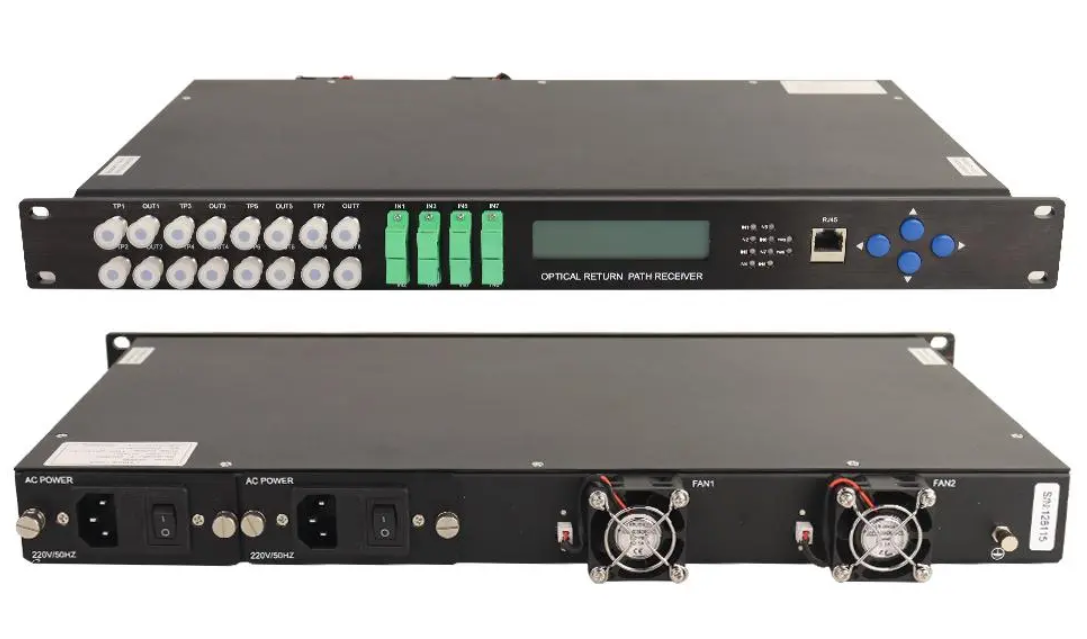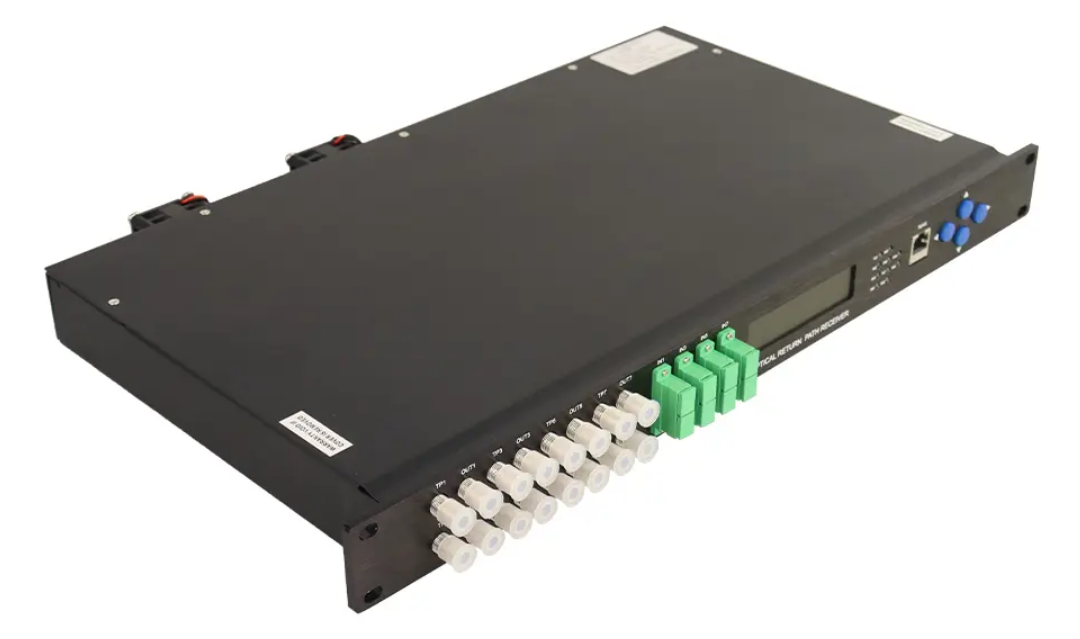In modern communications and data transmission, optical receivers play a vital role in ensuring seamless and efficient transmission of information. These complex devices are designed to capture optical signals and convert them into electrical signals, making them indispensable components in applications ranging from telecommunications to data centers.
One of the latest advances in optical receiver technology is the integration of high-performance photo-detectors operating in the wavelength range 1200 to 1620 nm. This enhanced functionality allows reception of a wider range of optical signals, making the receiver more versatile and adaptable to different network environments.
In addition to wide wavelength coverage, the optical receiver features a low-noise design that enables it to operate over an input range of -25dBm to 0dBm. This impressive sensitivity ensures that even weak light signals are efficiently captured and converted, enabling reliable and high-quality data transmission.
Additionally, built-in dual power supplies add additional reliability and resiliency to the optical receiver. With automatic switching and hot-swap support, the receiver can seamlessly adapt to changes in power supply, minimizing downtime and ensuring continuous operation.
The integration of a standard RJ45 interface further enhances the optical receiver's versatility and accessibility. This interface is not only convenient for connection, but also supports SNMP and Web remote network management, which can be seamlessly integrated into the existing network infrastructure and realize remote monitoring and control.
The combination of these advanced features makes optical receivers powerful and indispensable tools for modern communications and data transmission systems. Its ability to capture a wide range of optical signals with high sensitivity, coupled with its robust design and remote management capabilities, makes it ideal for demanding network environments.
Whether deployed in telecommunications networks, data centers or industrial applications, optical receivers are testament to the continued innovation and advancement of optical technology. Its ability to adapt to changing network demands and deliver reliable performance highlights its importance in shaping the future of communications and data transfer.
In summary, the integration of high-performance photo-detectors, low-noise design, dual power supplies, and remote management capabilities take optical receiver performance and versatility to new heights. As the demand for faster, more reliable, and more efficient data transmission continues to grow, optical receivers are ready to meet the challenges of future network environments.
Post time: Apr-25-2024



